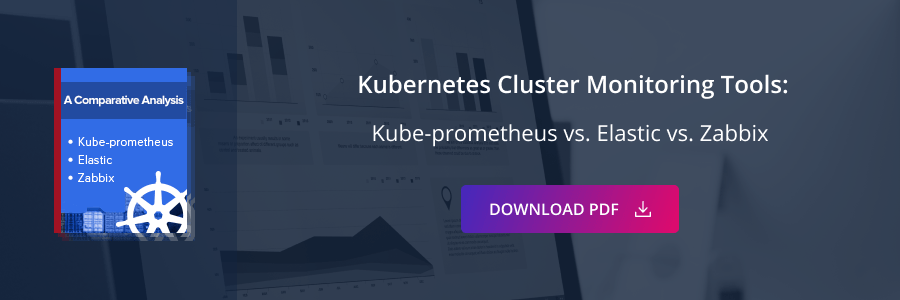Tips for Implementing Shift-Left Security on Kubernetes
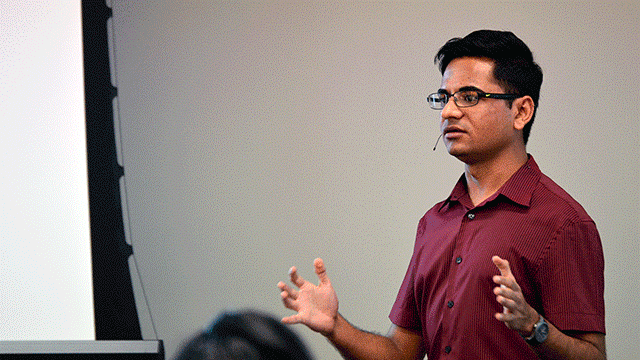
Security on both sides
In the past, when the monolithic architecture was commonplace, software development teams tended to stick to the waterfall model in their work. While this approach was simple—as it enabled teams to develop software gradually per level—it also meant security and testing were postponed until the very end of development. Often, this would lead to unexpected bugs and problems, which could delay deployment.
Now, with the microservices architecture becoming the new standard and with more and more teams adopting agile methods, security and testing are being moved earlier in the software development life cycle. This approach, called shift-left testing, resolves the issues that were frequent when security and testing were delayed.
At a recent Kubernetes meetup in Santa Clara, Gunjan Patel of Palo Alto Networks provided recommendations to enhance security in Kubernetes on both left and right.
“Security should not be an afterthought, especially in the microservices world. It has to go hand-in-hand with development.” —Gunjan Patel, Palo Alto Networks
 Gunjan Patel at the meetup in Santa Clara
Gunjan Patel at the meetup in Santa Clara
Security in Kubernetes
Kubernetes provides security across different stages of development. Security measures enabled by default include logging, OS hardening, and least privilege. Still, other security measures are quite easy to implement:
- role-based access control (RBAC)
- image scanning
- network policies
There are also security efforts that require a bit more work before they can be enabled:
- secure computing mode (seccomp)
- security-enhanced Linux (SELinux)
- pod security policies
- kernel exploits
- container escapes
- application policies
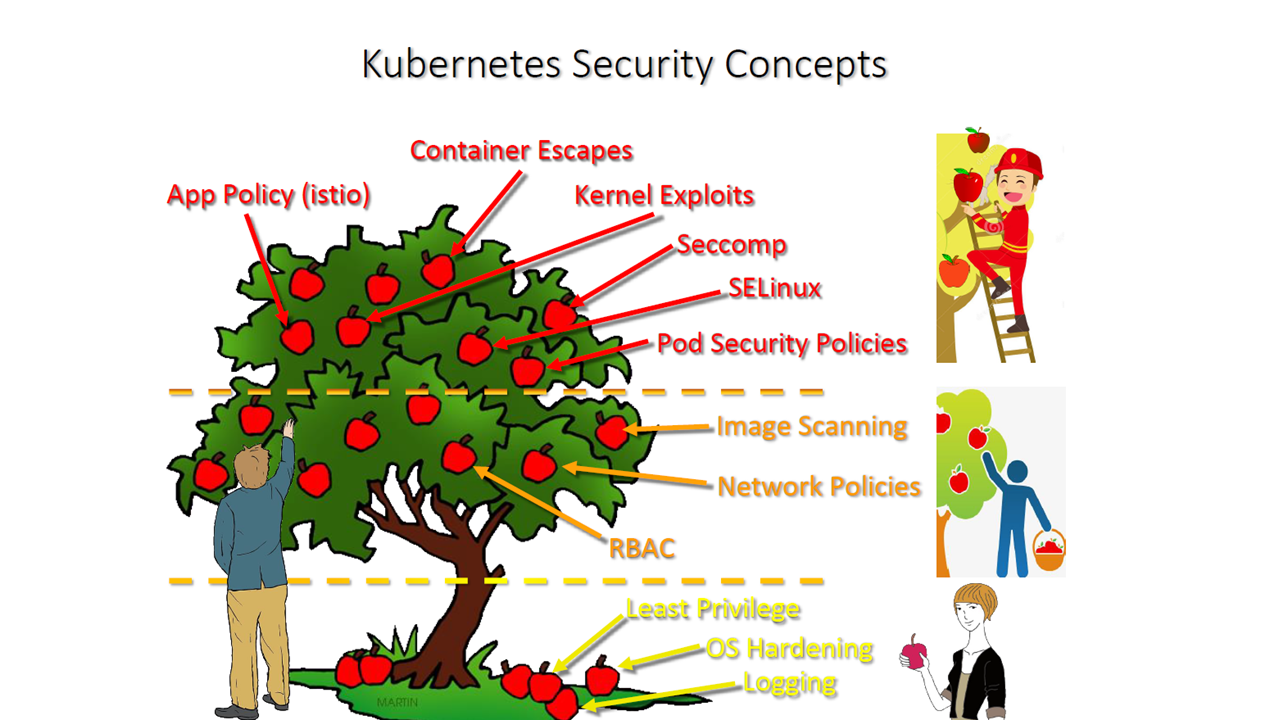 Breakdown of Kubernetes security concepts (Image credit)
Breakdown of Kubernetes security concepts (Image credit)Although it takes some work to get all of these security measures up and running, having them all provides Kubernetes with security on the left and the right.
“Ultimately, it’s not just about shifting left. Shifting left is really important, but is should be shifting left and right.” —Gunjan Patel, Palo Alto Networks
Security best practices
Gunjan provided some security tips that would cover both left and right. While his pieces of advice work for Kubernetes, they can also be considered platform-agnostic. He listed the following guidelines for improving security across the board.
Securing the build pipeline:
- verify the source of your images
- use official base images
- lock down access to the image registry
- scan container image layers for common vulnerabilities and exposures
- automatically tag vulnerable images from running in certain clusters
Improving network security:
- secure the services exposed to the Internet using a firewall
- use network policies to lock down the L3/4 networks
- create granular L7 policies using a service mesh, such as Istio
- employ mutual TLS (mTLS) to authenticate containerized workloads
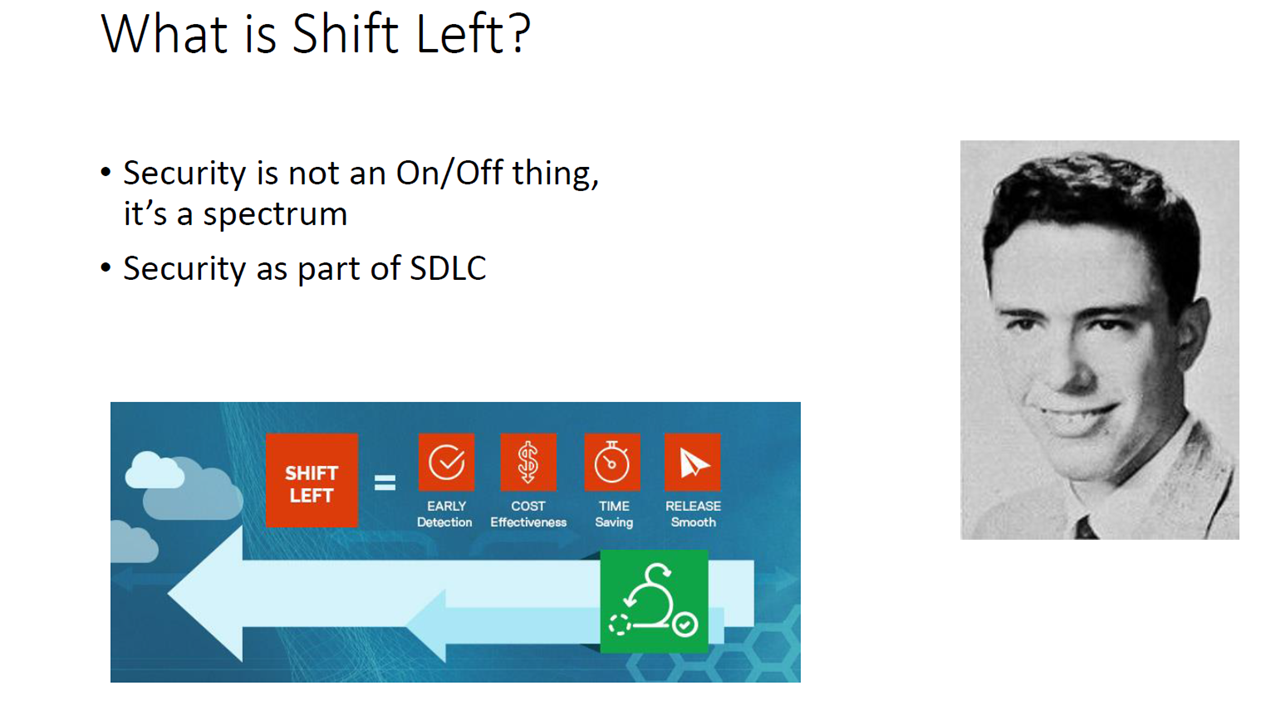 Shift left is about early detection and prevention of bugs and vulnerabilities (Image credit)
Shift left is about early detection and prevention of bugs and vulnerabilities (Image credit)Securing the host:
- run secure operating systems, such as container-optimized OS
- exploit seccomp to restrict system calls that containers are allowed to make
- utilize SELinux to further isolate containers
In securing container runtimes, Gunjan recommended making sure the security configuration spans across container runtimes, especially if the environment has multiple container runtimes in the cluster.
He also advised implementing admission controls by using policies to restrict which containers can run, such as non-privileged containers, containers that don’t need write access to the file system, and containers that don’t need certain system calls.
Since there are multiple cloud providers that support Kubernetes, Gunjan emphasized the need to identify and understand the version of orchestrator and container runtime components your cloud provider is running by default. If some components have been modified from their open-source versions, you should also track them.
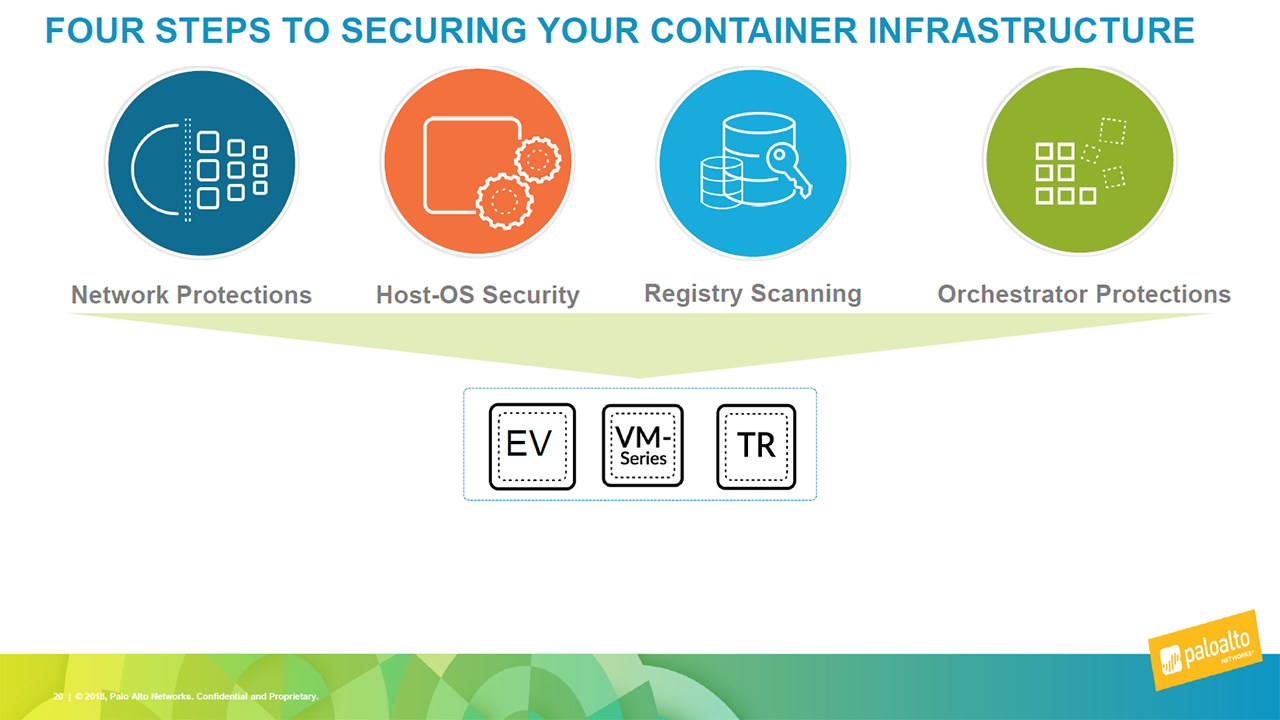 Container infrastructure security (Image credit)
Container infrastructure security (Image credit)Finally, he provided additional guidelines for securing the orchestrator:
- manage orchestrator API access using RBAC and network policies
- be aware of running third-party plugins and what access they have
- maintain access to the orchestrator control plane APIs from third-party plugins using RBAC and service accounts
The orchestrator configuration can also be secured by making sure it is always validated by a security system. Changes to the configuration should also go through a change and review process.

“The thing that is pushing us more and more towards left and right is the cloud. You’re not managing everything in the stack, and you shouldn’t.” —Gunjan Patel, Palo Alto Networks
As previously mentioned, Kubernetes provides certain security measures by default. With Gunjan’s suggestions, Kubernetes users can further improve the security of their clusters from both the left and the right.
Want details? Watch the video!
These are the slides from the session.
Further reading
- Improving Security for Kubernetes Deployments at Scale
- Integrating Calico and Istio to Secure Zero-Trust Networks on Kubernetes
- Using Istio to Unify Microservices with a Service Mesh on Kubernetes





